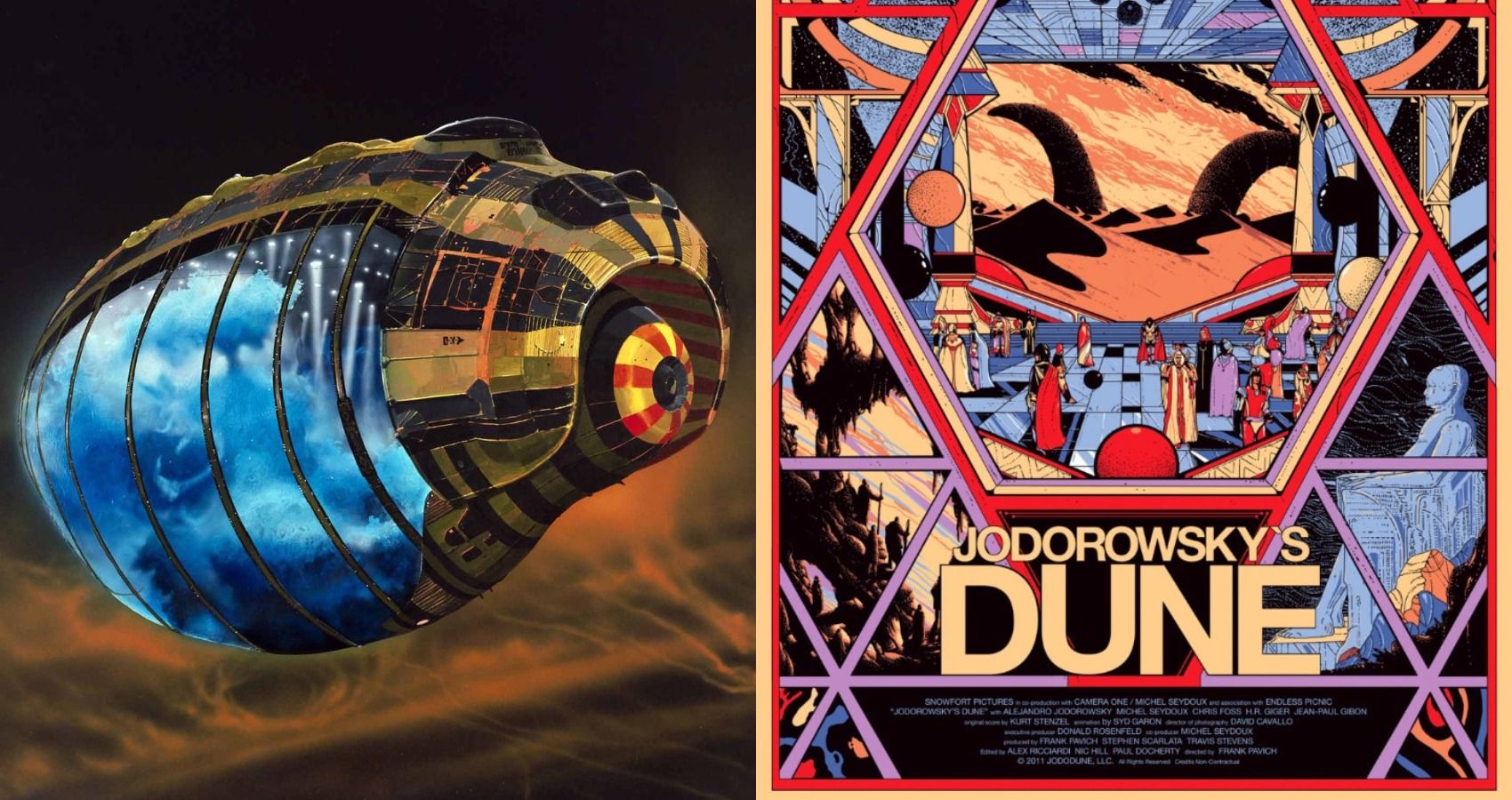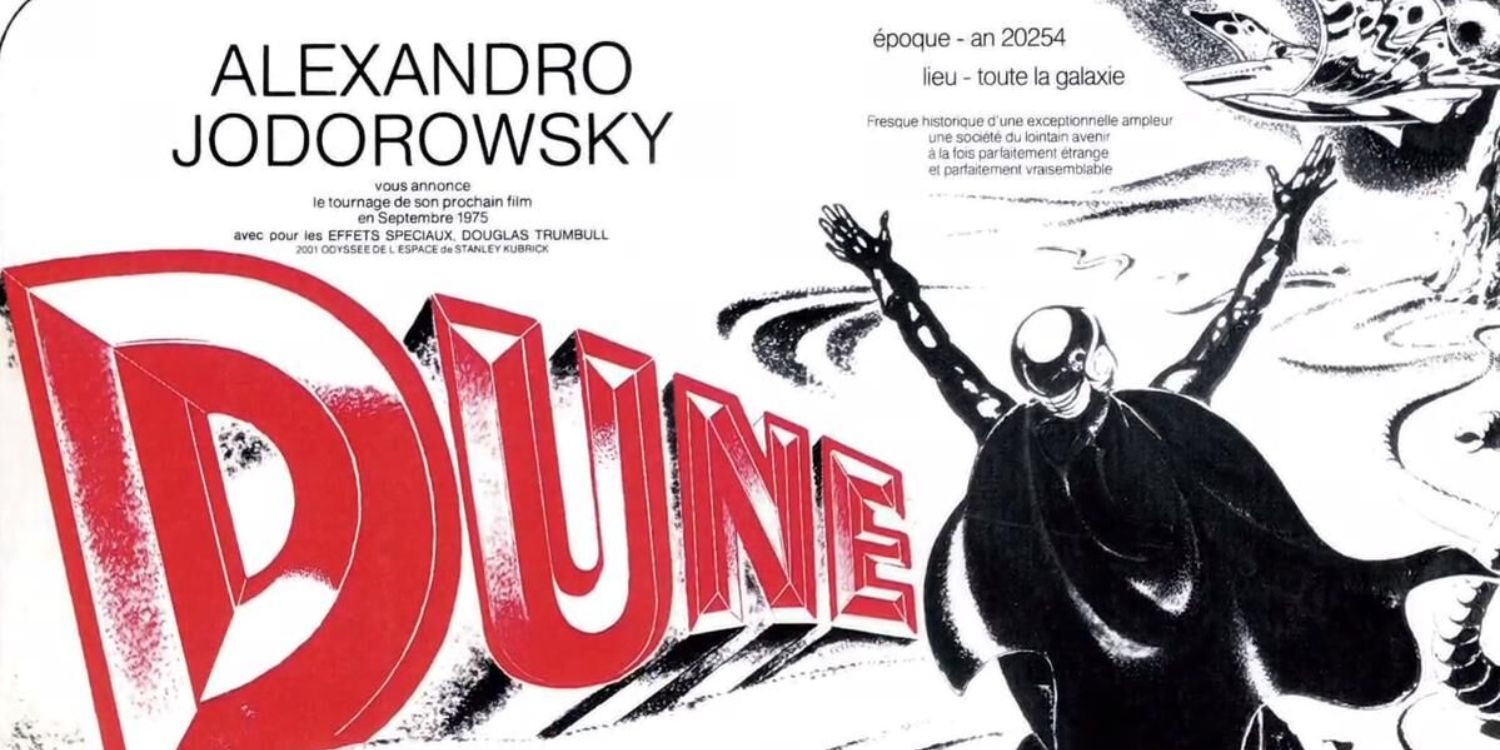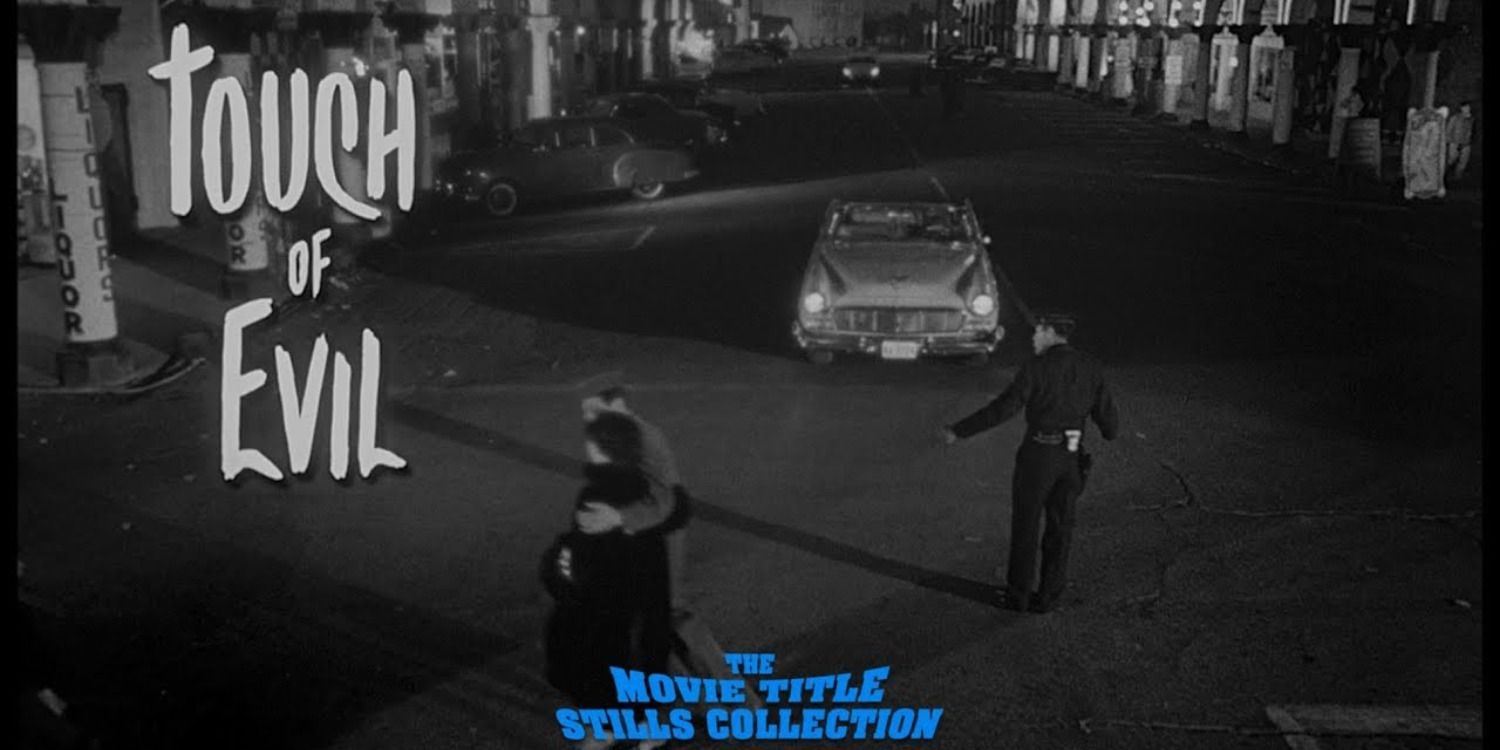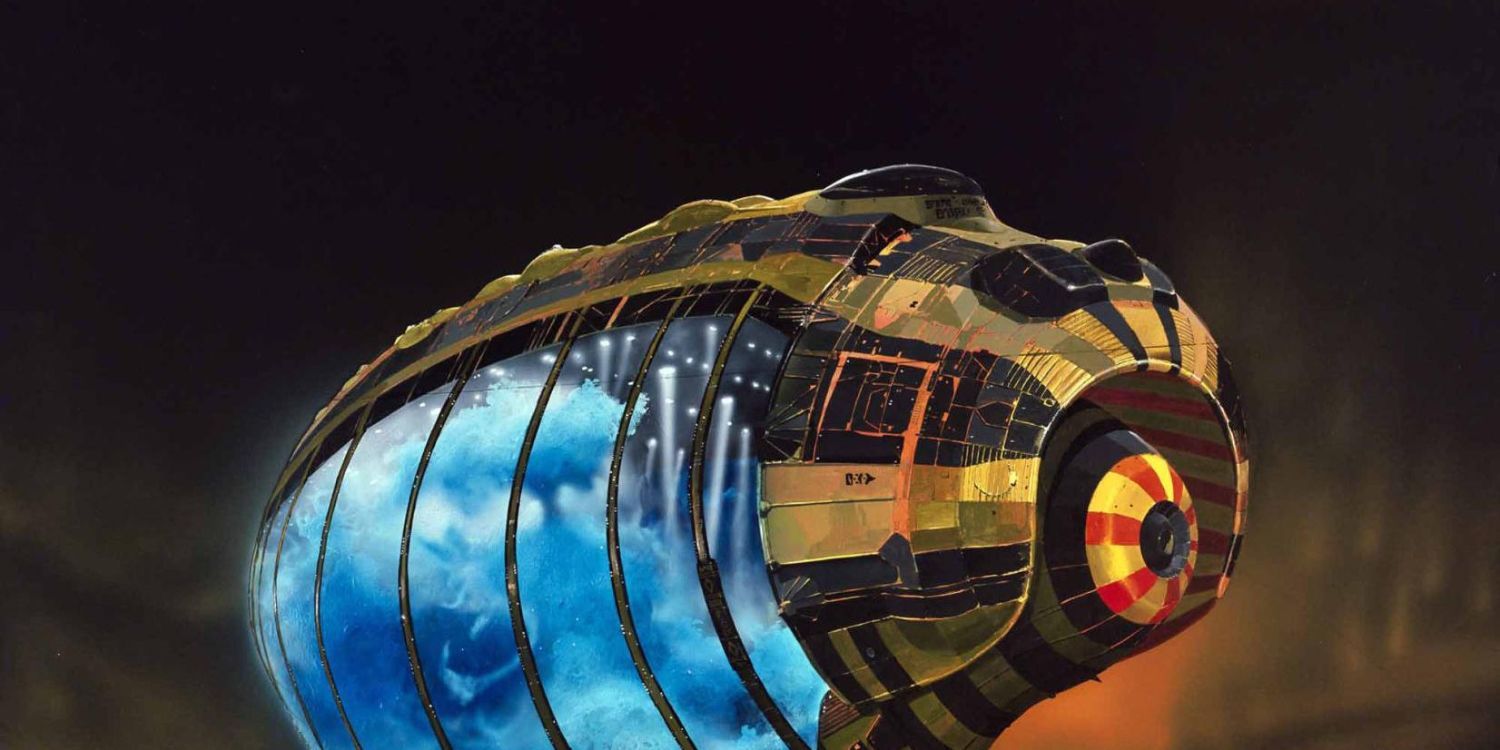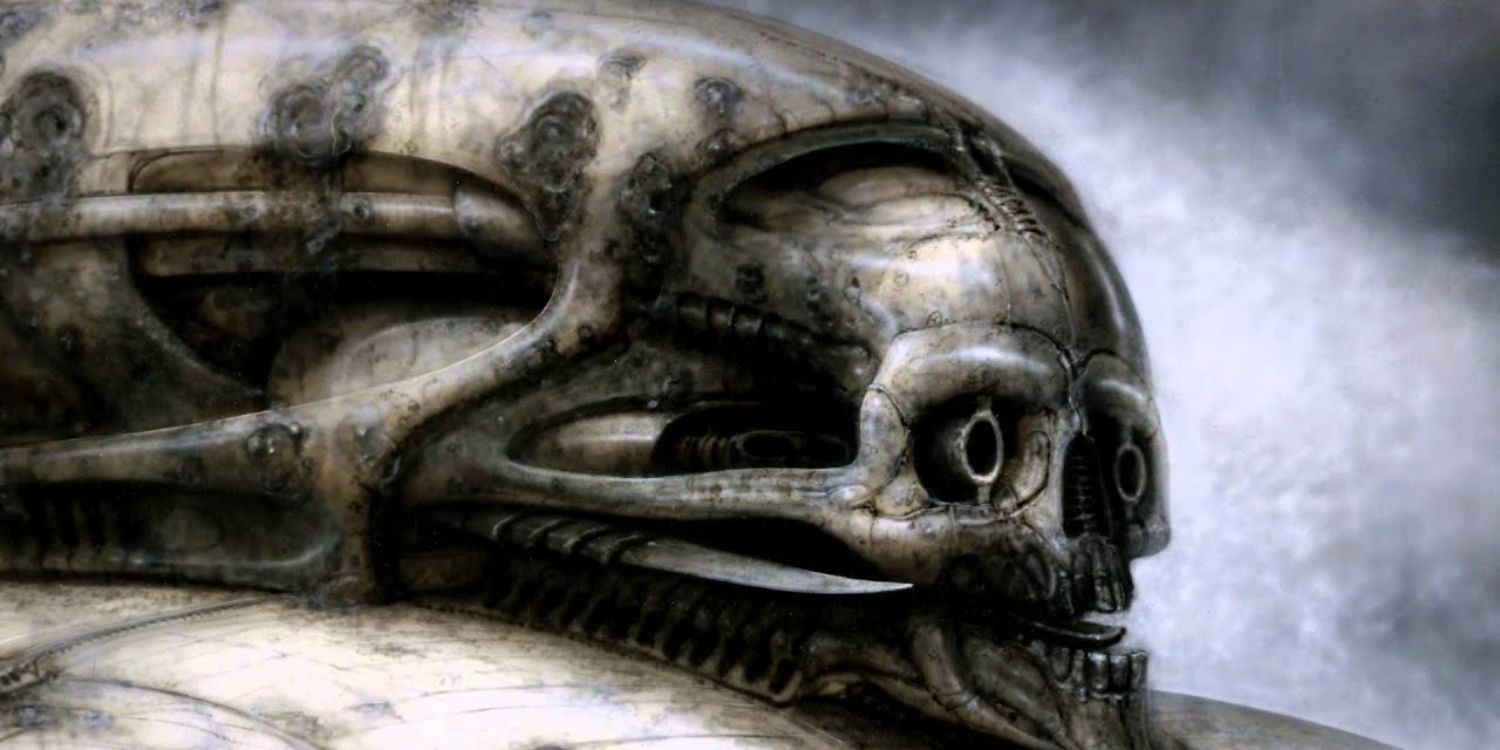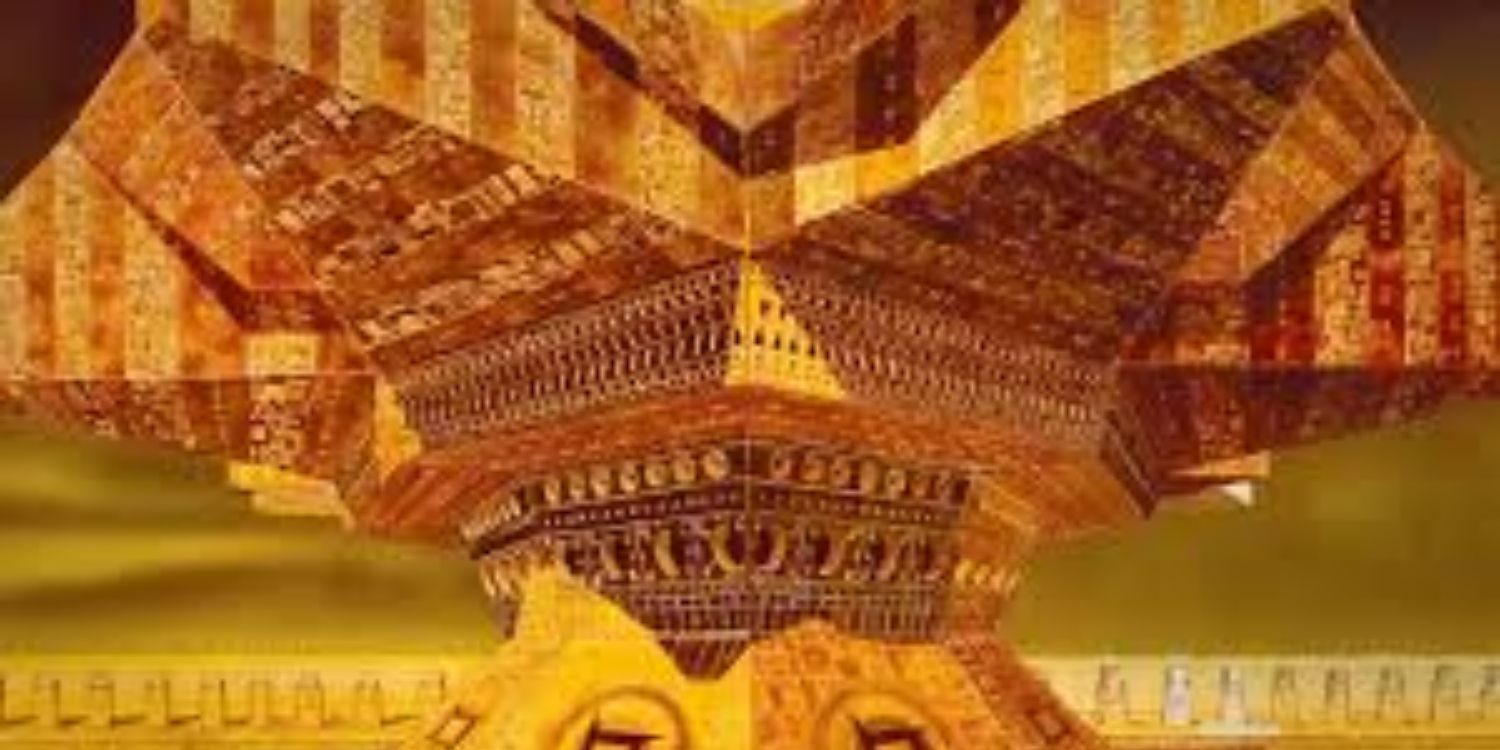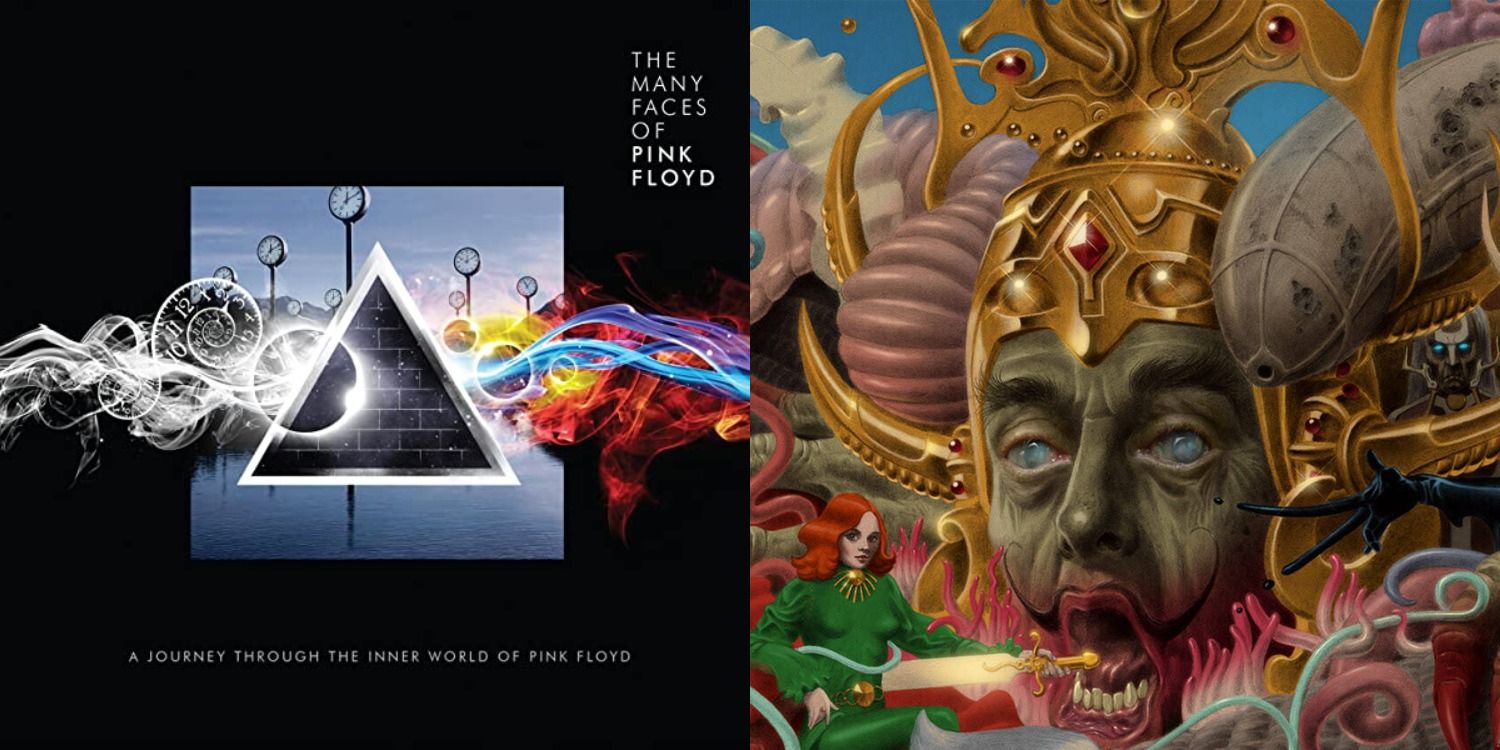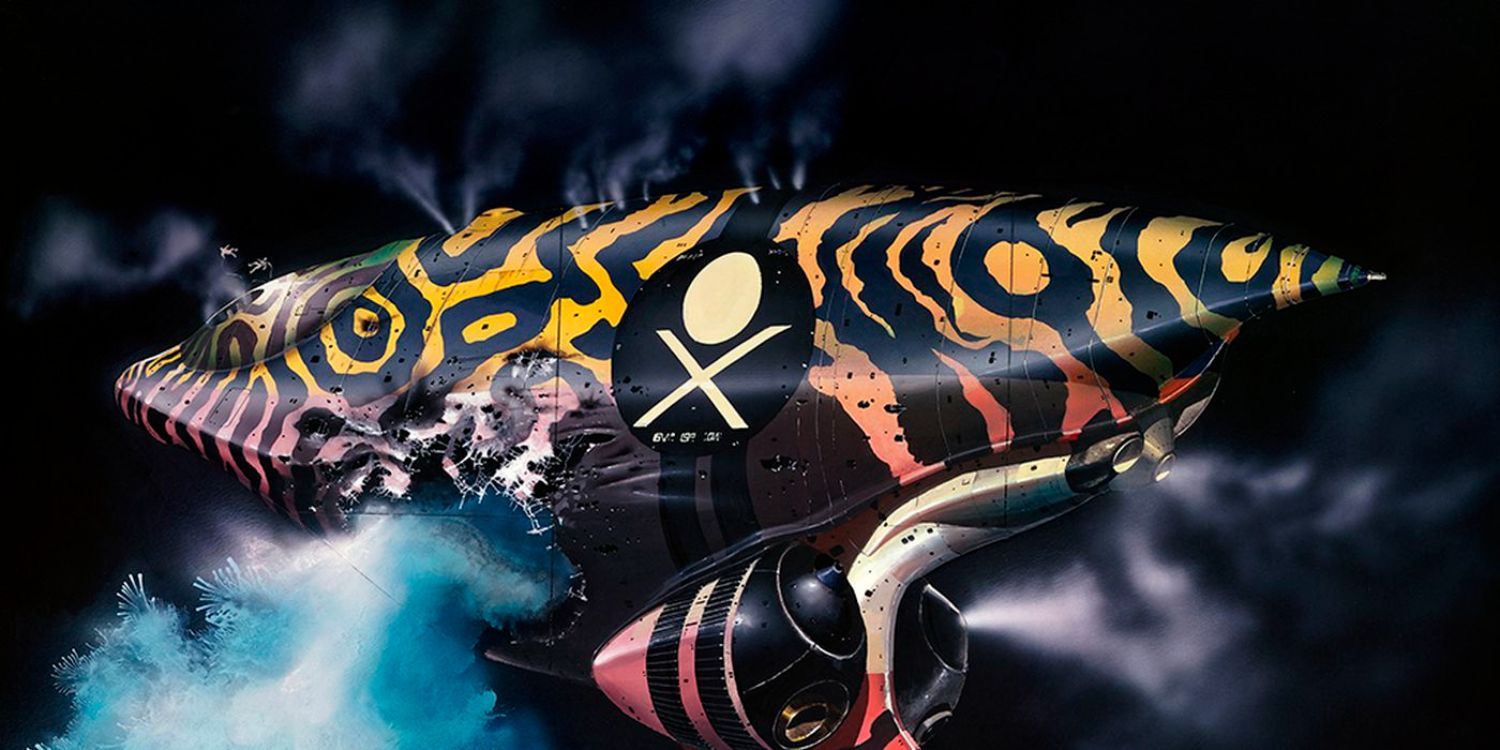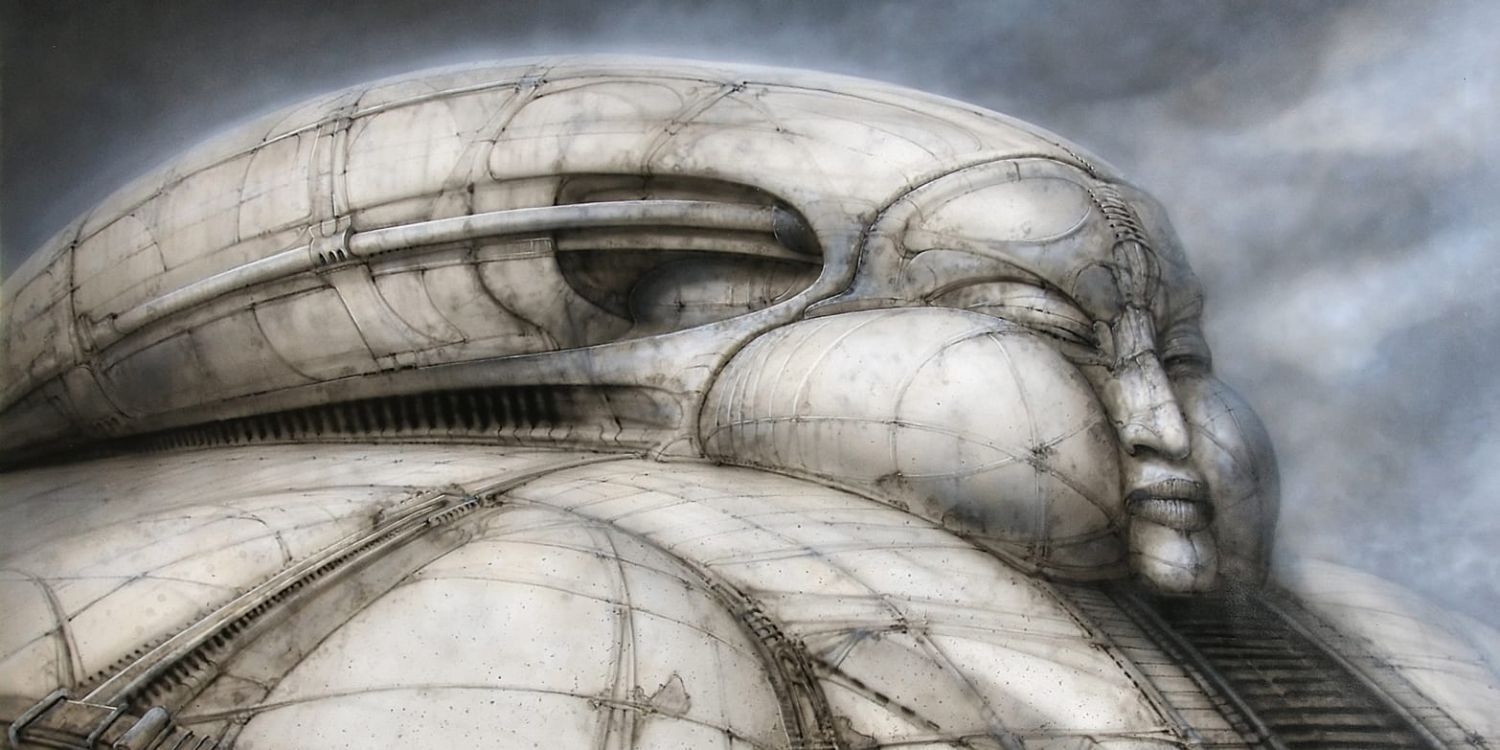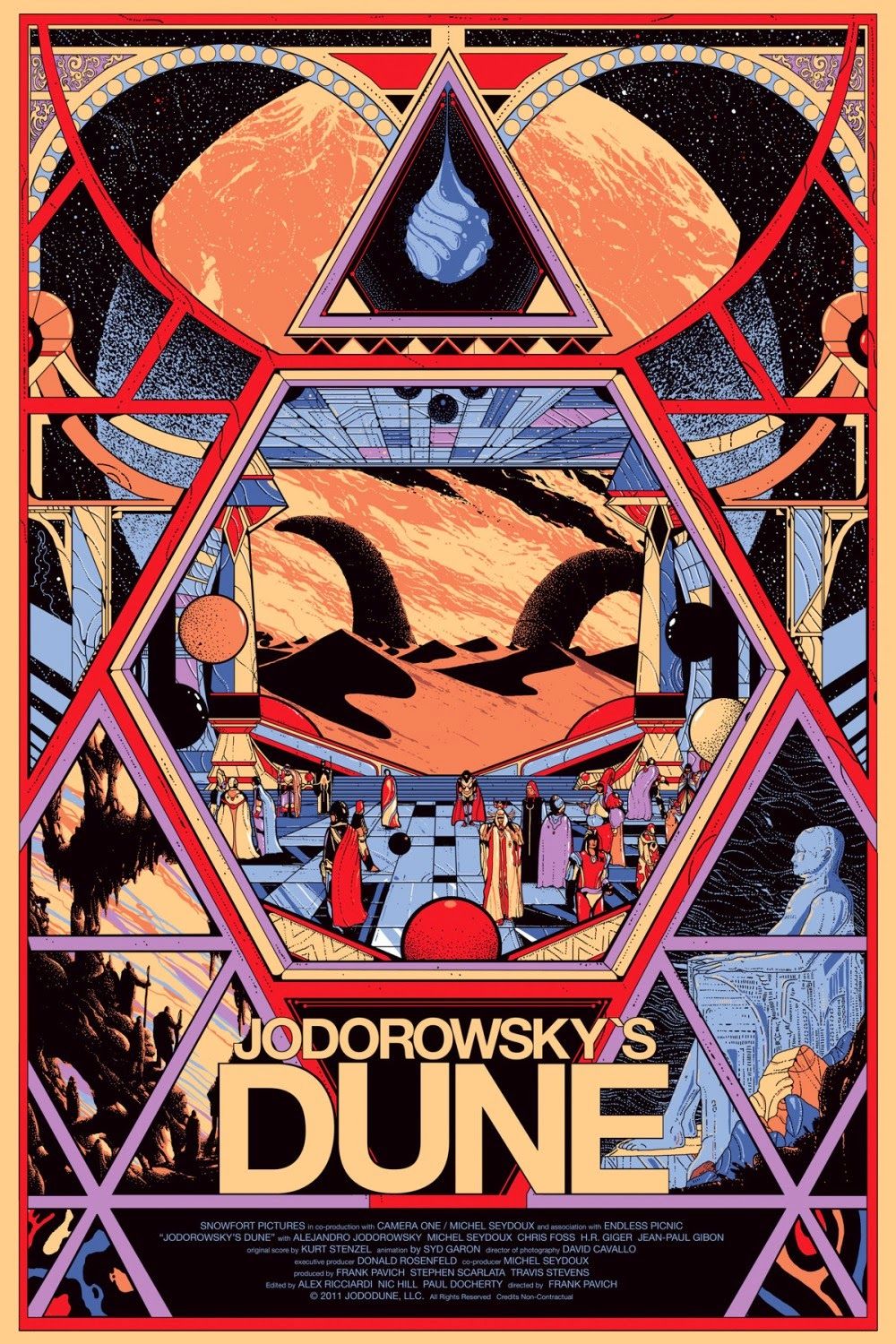The script was written, the storyboarding done, the costumes designed and the main actors on board, but just as sets were ready to start being built, the production of avant-garde filmmaker Alejandro Jodorowsky's Dune film was suddenly called off. With the release of Denis Villeneuve's adaptation of the 1965 Frank Herbert sci-fi classic last month, the book that some considered unadaptable may finally be conquered.
Unfortunately, some high-profile failures paved the way, including Jodorowsky's attempt in the mid-1970s which could have been one of the greatest and weirdest films of all time. Frank Pavich's 2013 documentary Jodorowsky's Dune shed light on some of the surprising details of the ill-fated production.
Lofty Ambitions
Jodorowsky had no interest in making just another conventional sci-fi film. In fact, the conventional never held much interest for the director who had just achieved widespread success with the memorably surreal The Holy Mountain. Jodorowsky wanted to change not just cinema, but the world with his version of Dune.
Jodorowsky wanted to give his audience the kind of feelings they would achieve from experiencing hallucinations on LSD. His intention was to open the mind of the viewer to a new kind of experience entirely.
The Universe In A Long Shot
Jodorowsky admired Orson Welles and especially had a love for the iconic long shot at the beginning of Touch of Evil, widely considered one of Welles' best movies.
Jodorowsky, not one to ever be outdone in ambition, wanted to go even further. The director envisioned an opening shot that traversed the whole universe and took in galaxies before focusing in on scenes of pirates attacking a convoy of spice ships. The shot was even fully storyboarded by acclaimed French artist Jean Jiraud, who Jodorwsky called by his pen name Moebius.
Jodorowsky's Spiritual Warriors
Jodorowsky wouldn't work with just anyone on a project so important to him. Moebius was just one member of the dream team of creative thinkers that Jodorowsky was attempting to assemble. Some of the other artists he scored for the project included Swiss artist H.R. Giger, perhaps best known as the origin of the iconic Xenomorph design in Alien, and British artist Chris Foss, known for creating iconic sci-fi covers.
Jodorowsky's high standards meant turning down some big names as well. As the recent adaptation has shown, Dune is a film that would always require incredible special effects. The director had a meeting with Douglass Trumbull, known for the effects in 2001: A Space Odyssey and a huge name at the time, that quickly went sour. Jodorowsky wanted people as motivated for the project as he was, and was put off by Trumbull's habit of answering the phone during meetings.
Big Stars And Big Demands
Jodorowsky's high standards applied to the actors for his Dune adaptation as well as his crew. Jodorowsky enlisted some big names at the time including Kung-Fu star David Carradine. Jodorowsky wasn't satisfied with that though. His plans for the cast included wanting Surrealist artist Salvador Dalí to play the emperor of the galaxy and his idol Orson Welles to play Baron Harkonnen.
Both were a tall order though, as the two had reputations as being impossible to work with and undermining any project they were a part of. Salvador Dalí's wage demands skyrocketed to $100,000 per hour, which Jodorowsky and the film's producer Michel Seydoux agreed to as the emperor had surprisingly little screen time in the movie. Meanwhile, Welles seemed to have no interest in joining the project at all, until Jodorowsky had the idea of paying his favorite chef in Paris to cook his every meal during filming.
Jodorowsky's Son
Brontis Jodorowsky was only 12 years old when Alejandro had the idea of his son playing Paul Atreides, the part played by Tomothée Chalamet in the 2021 version. Brontis had already had a part in Alejandro's earlier film El Topo and the director felt that with training, his son would be able to perform the role.
Unfortunately for Brontis, the training that Jodorowsky had in mind was brutal, to say the least. His regime included long hours of martial arts training as well as training with weapons every day. Jodorowsky's intention was to develop his young son spiritually as well as physically for the role, which was never realized in the end.
Pink Floyd And Music
As part of his ambition for the film, Jodorowsky wanted iconic music and jumped at the opportunity to work with Pink Floyd, whose songs also featured in a variety of other acclaimed films. Their meeting got off to a rocky start, as the group was taking a break to eat burgers at the time and not giving Jodorowsky the full attention he demanded. However, Jodorowsky's passion soon convinced them the project was worth their time.
Jodorowsky also wanted Mick Jagger on the project, but as an actor rather than a musician. According to Jodorowsky, it was the star who sought out him, rather than the other way round, as Jagger had already wanted to work with the director. Jodorowsky also got the French progressive rock band Magma on board to create the messy, violent sound of the evil Harkonnen family.
Team Talks
Working with Jodorowsky wasn't like working with any other director. Once the director got his team in Paris, including Jiraud, Giger, Foss, and their visual effects supervisor Dan O'Bannon, they worked together towards bringing Jodorowsky's vision to life.
Jodorowsky would begin each day by giving a motivational speech to the group, trying to pass on his passion and dedication to the project to them. It seemed to work, with the group working hard, and Foss even coming in on weekends when he didn't have to in order to finish paintings.
A New Ending
Jodorowsky wasn't happy with directly adapting Herbert's work word for word. The director's ambitions meant only using the original text as a loose basis for his own interpretation and setting his own work far apart from the original text.
Jodorowsky went as far as writing a new ending that completely changed the meaning of the story as a whole. His idea was that Paul would be beheaded at the end of the story, but instead of dying the character would become a shared consciousness that connected everyone on the planet. After that, the desert environment would become lush and filled with life, and the planet would leave the galaxy in order to spread its newfound harmony with the universe.
A Very Long Film
Jodorowsky didn't have much time for the conventions of Hollywood, and that included runtime restrictions. The director refused to even attempt to make the film a tight 90 minutes and even talked about creating a 12 or even a 20-hour long movie. This became one of the many contentions the director had with the studio that would end up leading to the failure of the project.
Despite the time and money they had already dedicated to it, the studio couldn't think of a way to market such a drastically different film from anything else out there to American audiences. With Jodorowsky needing at least $5 million dollars more to go forward with production and the studio unwilling to hand it over, this ended up being the end of the road. The news was devastating to the team, some of whom had uprooted their lives to move to Paris for the sake of the movie.
The Legacy Of Jodorowsky's Dune
Despite never being made, the group had a huge amount to show for the time they'd spent trying to create one of the most revolutionary films of all time. A lot of that work lives on in the influence it had over not just science fiction movies, but cinema and art in general. Some of the visual ideas they dreamt up ended up in huge films such as Star Wars, and the climactic ending scene of Raiders of the Lost Ark has parallels with storyboards Jiraud drew up for Dune.
Dan O'Bannon, the visual effects lead for the film, ended up writing Alien, which Giger also heavily influenced the visual direction of. The relationship between the Alien franchise and Jodorowsky's Dune can also be seen in Prometheus, which uses a concept for Baron Harkonnen's palace as an eerie backdrop. The production of the film also inspired much of Jodorowsky and Jiraud's later comic book work. The film may never have been made, but it nevertheless made a huge impact.

